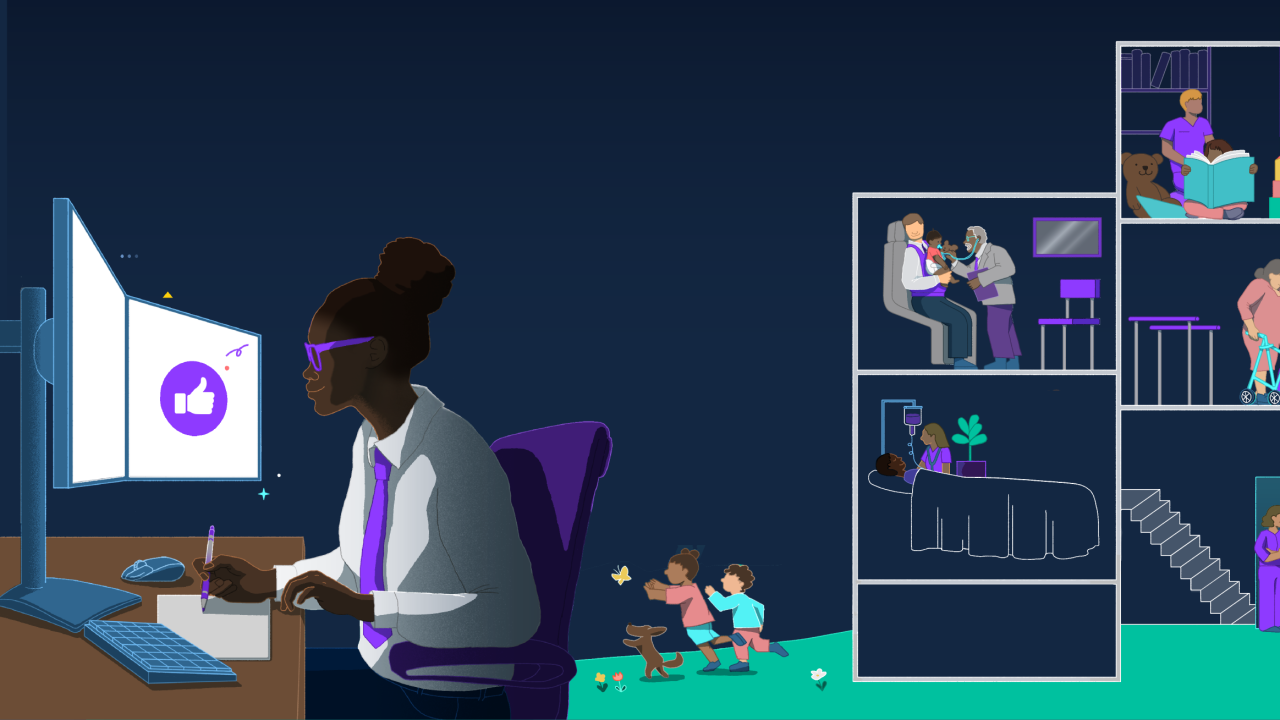Even the most
Eighty-three percent U.S. workers suffer from work-related stress in their daily life, according to recent statistics from LinkedIn. In fact, 25% of employees feel that their job is the number one stress factor in their lives. In order to reach and better
"We've seen for the last several years have been looking at ways to do better and do more in terms of accessibility, affordability and removing stigma around mental health in general," says Jason Parrott, a health and well-being benefits leader at obesity care platform Vida Health. "Stress is a core component of that."
Read more:
Ninety percent of employers are
Stress-related healthcare costs are approximately 50% higher for employees with high stress levels, according to LinkedIn. In fact, workplace stress costs U.S. employers an estimated $300 billion annually in absenteeism, turnover, diminished productivity and medical,
"When we think about stress, financial well-being, emotional well-being and physical well-being are all aspects of well-being that can all help mitigate the risk of stress if addressed," Parrott says. "It's very important to understand, communicate, drive awareness and provide the right tools and solutions that can meet people if and when they have a need that could reduce their levels of stress."
Stress support looks different for everyone
Benefit leaders need to ensure that the wellness strategies they choose not only include stress management programs in general, but that those
Read more:
"If [it's a mild case], a mental health coach could be most helpful, but if an employee is at a higher risk a licensed therapist is more appropriate," Parrott says. "Employers should also consider tech-driven ways to reach employees, whether it's video, telephonic or asynchronous text chat capabilities for when they may not require meeting with someone live and in-person."
But stress is
"Leaders have been trying to identify how to keep workforces not just healthy and safe but productive, too," Parrott says. "If we can address the stress they're facing day to day, that is going to enable their workforce to work more optimally."






